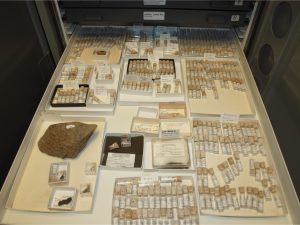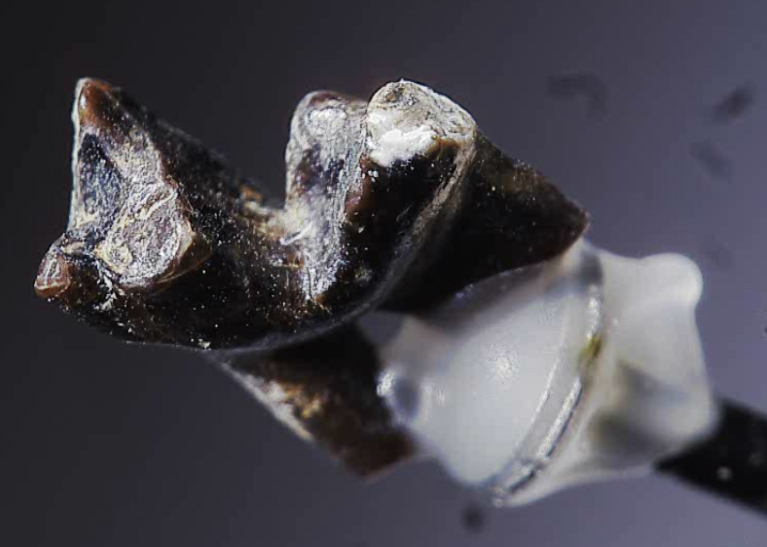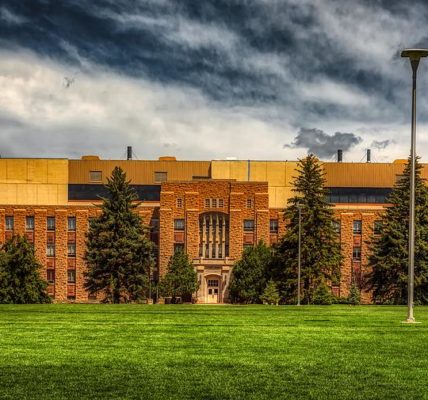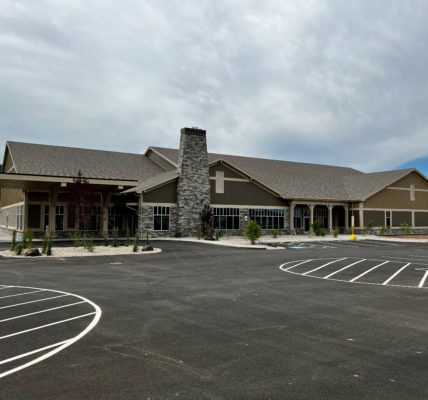UW Geological Museum Receives Grant to Digitize Wyoming’s Rare Fossil Mammal Collection
The University of Wyoming Geological Museum has only one-half of 1 percent of its fossils on display to the public. The other 99.5 percent are stored away, and very few, save some visiting researchers, rarely see these hidden treasures in any form.
Thanks to a $100,000 grant from the Institute of Museum and Library Services (IMLS), the museum will be able to make more of its rare fossil mammal collection available to researchers, schools and the public through digitization of roughly 5,000 items.
For example, people will be able to learn the difference between a Condylarth (a primitive hoofed ungulate) and a Coryphodon (an extinct combination of a pig, hippo and rhino). Fossils of early marsupials, horses and primates also will be part of the digital collection.
The two-year project is titled “The Cretaceous-Paleogene (K-PG) Fossil Mammal Project: Digitizing and Sharing Wyoming’s Rare Fossil Mammal Collection for Understanding Mammal Extinction and Recovery through Ecosystem Collapse.” The $101,413 grant will support the creation of 15,000 research-quality images of 5,000 rare mammal specimens — some as small as the head of a pin — from the collection, which spans the Cretaceous-Paleogene mass extinction, the period shortly before and after dinosaurs disappeared.
The images will be made globally accessible through both the museum’s online database and the large data aggregator and web portal.

“A lot of these specimens are federally owned. A lot were found on BLM land,” says Laura Vietti, UW Geological Museum and collections manager. “We’re caretakers of these specimens. It’s a shame only 100 people, including students, a year get to look at them when they are owned by everybody. We only get about 10 visiting researchers a year, which is very small based on how good our collection is.”
The 5,000 specimens to be digitized originate from 100 percent of sites in Wyoming, including the Big Horn Basin, Hanna Basin, the Great Divide Basin near Bridger and the Lance Formation, located near Lusk, Vietti says.
The total cost of the project will be $221,271 when UW’s $119,858 cost share — a combination of university, UW Foundation and state funds — is included.
Vietti will oversee project activities, which commenced Oct. 1. Her duties include selection of specimens for digitization; training students to use the Keyence imaging station; helping UW Libraries Digital Collections Office integrate and transfer images onto online portals; and helping the director of the Wyoming State Science Fair generate promotional materials and help facilitate high school science fair research projects using the digitized fossil collections.
“Wyoming has one of the best fossil records that spans before and after the K-PG extinction,” Vietti says. “We have something from just about every time period.”
“We have mammal fossils from both sides of the meteor event” that wiped out the dinosaurs, says Chad Hutchens, director of the UW Libraries Digital Collections Office.
Hutchens will coordinate with Information Technology and the Advanced Research Computing Center to secure web-accessible and preservation-level storage of all specimen images and associated metadata. He also will supervise an undergraduate student who will handle file management, file transfer, metadata entry and quality assurance.
With the use of a digital microscope and the Keyence imaging station, multiple photos can be taken of each part of a fossil — even a tooth the size of the head of a pin — through a technique known as “focal stacking.”
“The digital microscope can take one image in focus and then another in focus,” Hutchens explains. “It stacks the photos into one image that is all in focus.”
With these clear images, Vietti says a mammal can be identified by its tooth.
Additionally, a tooth can provide clues to that animal’s diet; the actual size of the animal; and even the last meal it ate, she says.
“We are looking at a pool of mammals that came before the mammals we know today,” Vietti says. “Most mammals we know in Wyoming evolved from ancestors of these.”
Erin Stoesz, the Wyoming State Science Fair coordinator, will introduce and promote the digitized rare mammal fossil collection for use in science fair research projects, particularly at the high school level.
Mark Clementz, director and curator of the UW Geological Museum, will assist in specimen selection; will aid Vietti and Stoesz in generating outreach material; and will work with high school students on science fair projects using the digitized K-PG fossil mammal collection.
Two UW graduate assistants and two undergraduate students will assist with project activities. To ensure long-term preservation, the images and specimen records will be archived on UW servers. The museum will collaborate with Wyoming high school educators and students to use the digitized fossil mammal collection images in classroom activities and Wyoming State Science Fair research projects, further enhancing educational use of the collections.
The IMLS received 558 applications with requests for $104.5 million. Of those, 132 projects were selected, with funding of nearly $19.2 million.
Since she became museum manager three years ago, Vietti says this project has been a personal interest of hers.
“This is a digital way to open our collection doors to Wyoming, the country and the world,” Vietti says. “People won’t have to physically loan these specimens. We won’t have to send them across the world.”
- 5Shares





